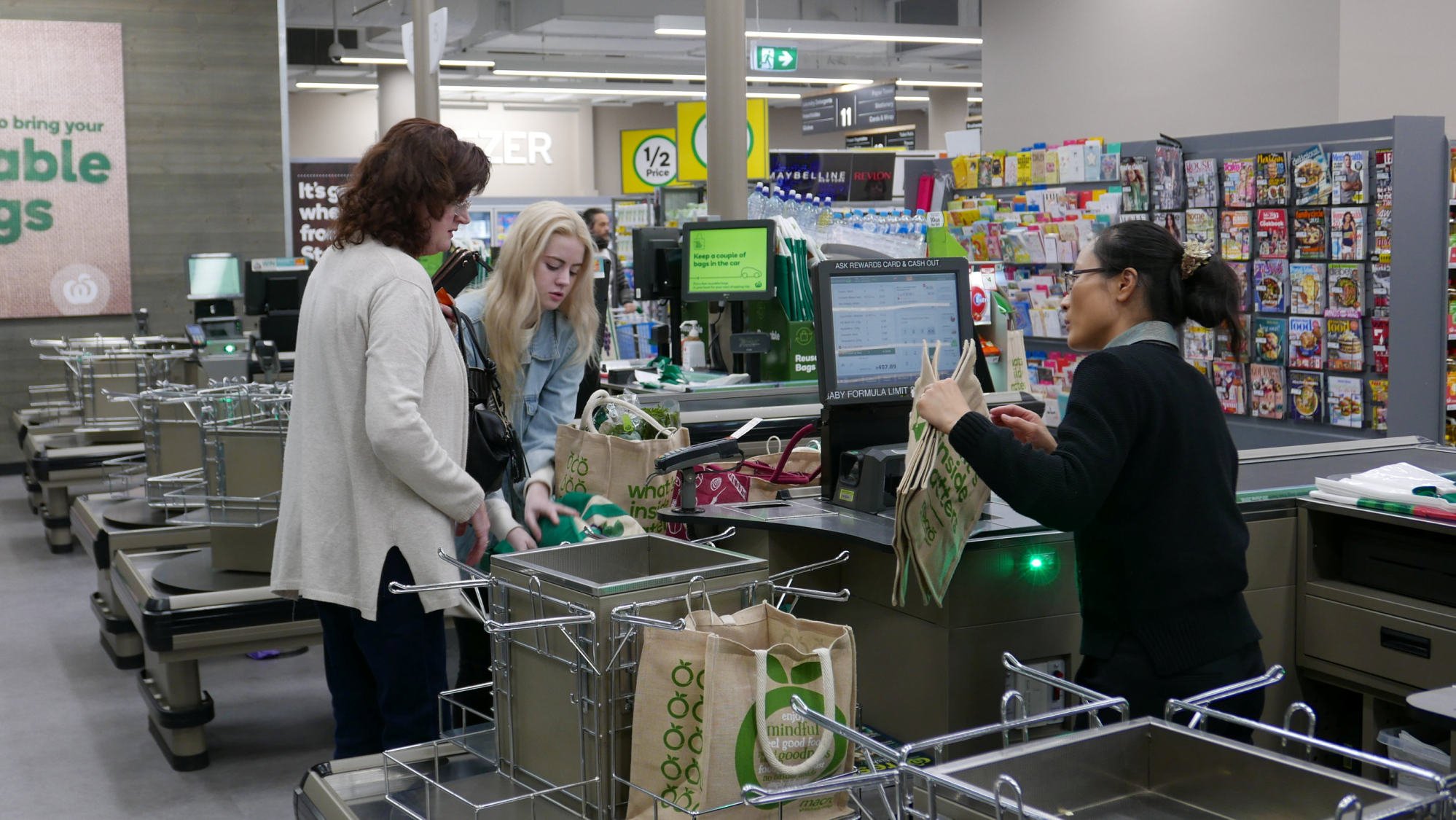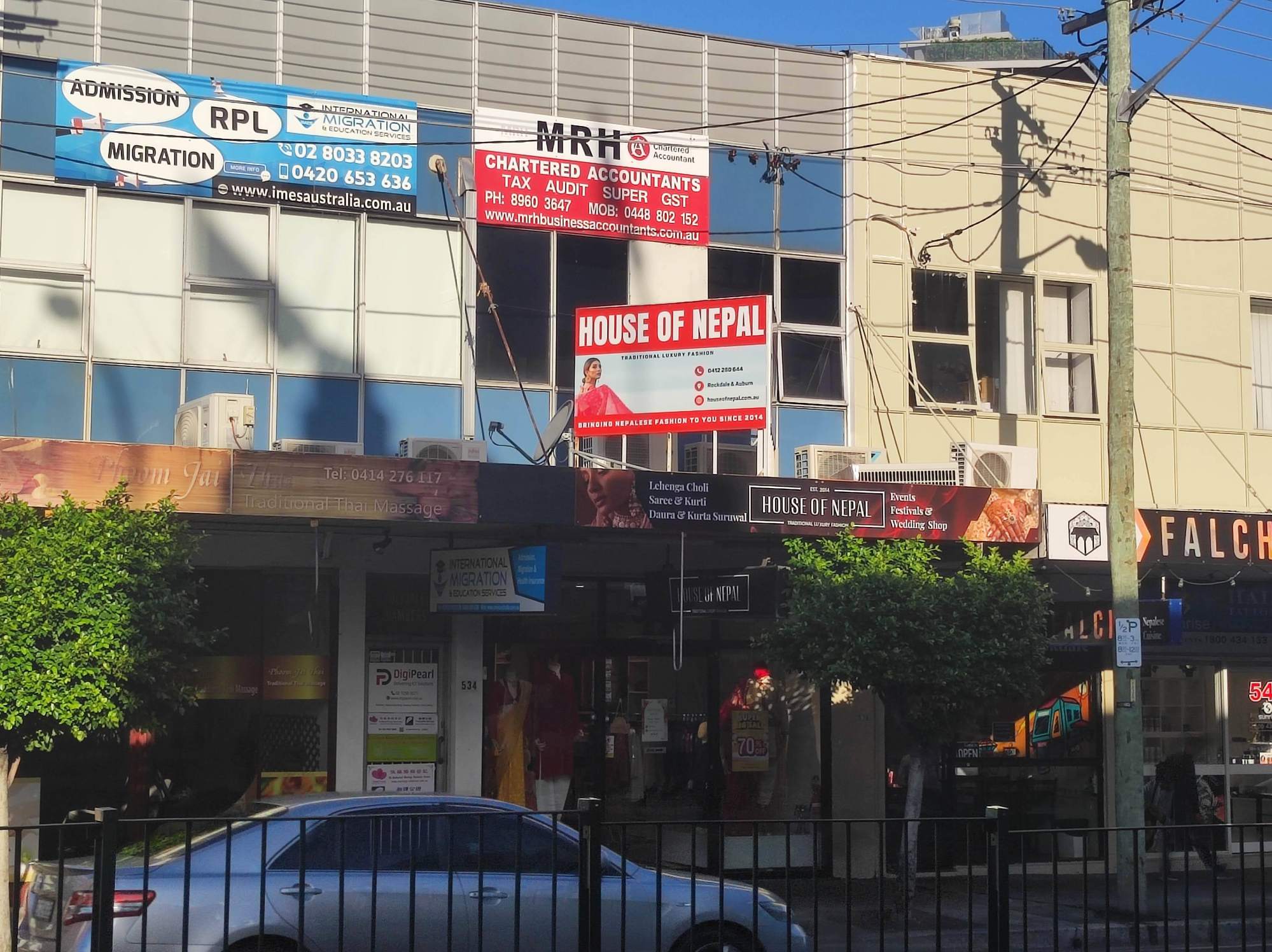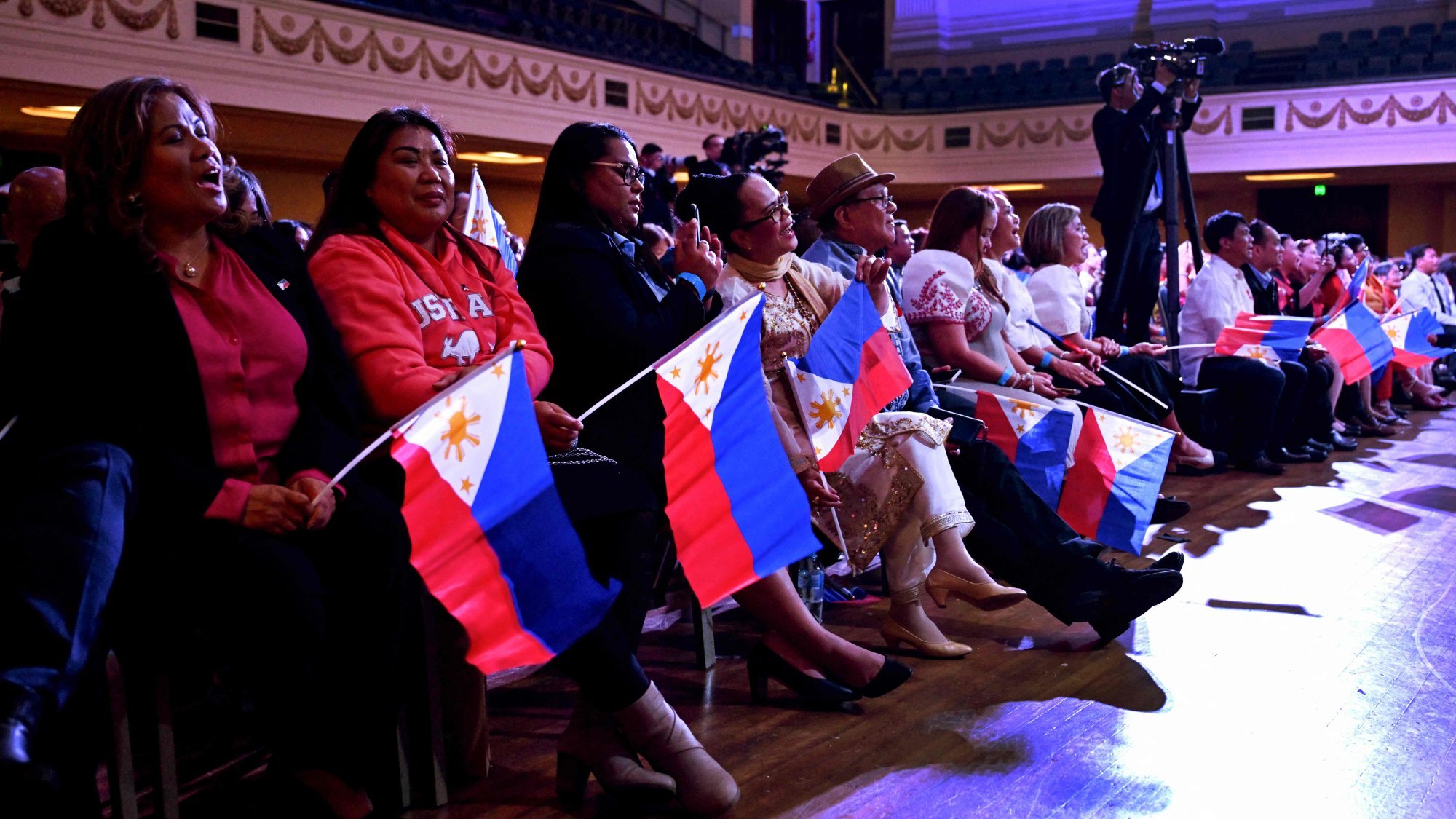Working in Australia on student visas: Nepali, Filipino numbers surge on back of migration loophole
It all marks a sea change for Australia’s international education industry, which is now worth some A$36 billion (US$23.6 billion) and is proving increasingly difficult for Canberra to oversee as students, education providers and migrant agents alike find fertile ground for manipulation and fraud.
International education is now Australia’s fourth-largest export after coal, iron ore and natural gas, providing a major source of income for the country’s universities and colleges.
Chinese students in Australia contemplate sleeping rough amid housing crisis
Chinese students in Australia contemplate sleeping rough amid housing crisis
Many international students still pursue graduate degrees, but there are others who pay for more basic – and usually cheaper – courses to learn English or for vocational training such as nursing or teaching.
It is these types of courses that have attracted increasingly shady practices such as the exploitation of the student-visa system as an alternative to skilled-worker migration, reviews by Canberra last year revealed. Employers in the hospitality industry have abused the system as a source of cheap labour, while links were even found to the trafficking of sex workers.
Phil Honeywood, CEO of the International Education Association of Australia, says many of the problems stem from the lifting in early 2022 of a 20-hour weekly cap on how long international students are allowed to work, which turned the industry into a “Ponzi scheme”.

He told a parliamentary inquiry last year that many students were more interested in working – in restaurants and as Uber drivers, among others – than studying, or had been conned by fellow immigrants into work for free in return for permanent-resident visa sponsorship.
The system had evolved into a source of “labour hire”, Honeywood told This Week in Asia, whereby young people from other countries are doing the jobs that can’t be filled or which Australian citizens shun. Many enrol in cheaper “chalk and talk courses” – such as A$8,000 (US$5,250) “leadership diplomas” – to “game” the system and get a student visa for work, he said.
The Parkinson Review, one of two undertaken by Canberra last year, found some educational institutions were effectively selling student visas as a way of accessing Australia’s labour market.
“There is clear evidence of systemic exploitation and the risk of an emerging permanently temporary underclass,” it stated.
‘It’s all about the money’
Rockdale, a suburb 13km south of Sydney city centre, has become dotted with Nepali jewellery, fashion and grocery stores in recent years as it became home to a multitude of migrants and students from the country.
“The salaries are so low but the costs of living are so much higher,” she said.
Australia is attractive for young Nepalis because its student visas are relatively easy to obtain, said Penny, who works in one of Rockdale’s many Nepali restaurants. It costs about A$710 to apply for a visa, according to Australia’s department of home affairs, with an additional A$700 for in-country renewal.

Australia requires international students to prove they have enough funds to pay for their course and living expenses, but Penny said her application was quickly approved after she provided evidence of about A$50,000 in the bank and a property valuation.
That money was not hers, however, and had been provided by her family who claimed it back shortly after her visa was approved, she said.
“For Australia, it’s all about the money,” Penny said, adding that as long as the funding requirements were met, the visa application process was relatively easy.

Arun Gautam, director of Rockdale education and migration agent Right & Associates, said the desire for a better life had led to questionable behaviour among some students. He said some had become “excessively focused” on making money, often neglecting their studies by, for example, muting online lectures on their phones as they worked.
While so-called ghost colleges, or “visa factories”, do exist to exploit the system, he said most institutions operated ethically but struggled to get students to attend class.
Gautam said the government needed to intervene with regulatory measures, because students would continue to come to Australia as long as visas were readily available.
Push and pull factors
Unlimited work rights and looser visa approvals were the main “pull factors” attracting international students, said immigration expert Abul Rizvi.
“In other words, no one was actually checking whether these people were studying or not … [The government] was not enforcing quality in nearly the way it needed to and hence, the growth was just inevitable,” he said.
Between 2015 and 2022, for example, the number of student visa compliance officers fell with immigration officers redirected to other border protection work such as drug crackdowns, he said.
But “push factors” also play a part, especially for the growing numbers from Nepal, India, the Philippines and Colombia, said Rizvi, a former senior official in Australia’s immigration department.
No one was actually checking whether these people were studying or not
A lack of employment and economic opportunities in Nepal was forcing at least 1,700 people to leave the country every day, the Observer Research Foundation, an Indian think tank, reported earlier this year.
Honeywood noted as much in the inquiry last year when he said that it seemed odd for Nepal to be Australia’s No 3 source country for international students, after China and India.
“It goes to the question of why, apart from their love of Australia, so many [Nepalis] would want to come to study, when we’ve never had that number before? It’s the uncapped work rights that have been a major drawcard,” he said.
Another fast-growing group, Colombians, are drawn to Australia’s affordable English language courses and acceptance of students with poor language skills, Rizvi said. As the international language of business, English fluency improves students’ chances of finding work, research has found.

Filipino students often choose Australia because they are easily accepted into vocational courses, such as those for nursing or aged care, that require better English skills, Honeywood said. He said Vietnamese and Japanese students, for example, were often rejected from such courses.
A World Economic Forum survey of six Southeast Asian nations in 2019 found that young Filipinos were the mostly likely to migrate for work. This was compounded by soaring youth unemployment in the Philippines after the pandemic hit, research by the International Labour Organization and Asian Development Bank in 2020 found.
Overall, most students are drawn to Australia because of its high quality education and various employment opportunities after graduation, agency IDP Education says – with interest from Indians and Nepalis continuing to grow.
Australia’s tougher student visa rules to kick in as migration fuels rent crisis
Australia’s tougher student visa rules to kick in as migration fuels rent crisis
Amid last year’s investigations and reviews, several Australian universities clamped down on fraudulent student-visa applications from India.

